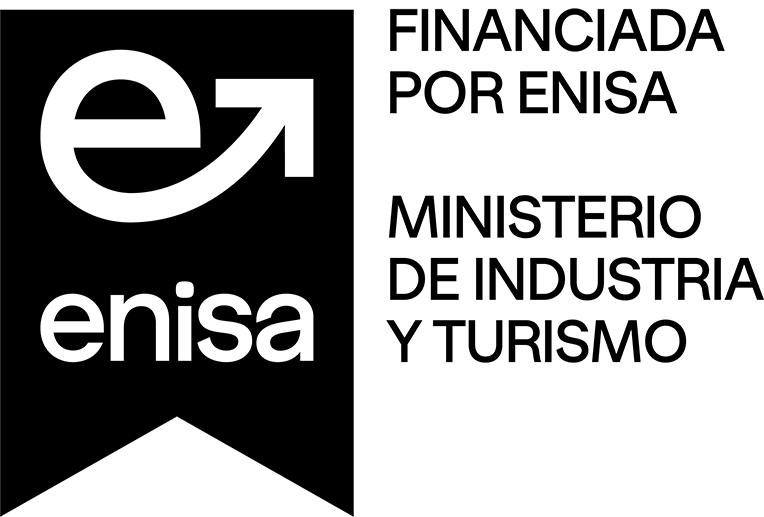Over the past four decades, the planet has seen a reduction of 69% of wild species, 75% of terrestrial environments and 40% of marine environments have undergone significant alterations, reflecting an unprecedented environmental crisis. In the next article, we will try to analyze the new awakening of the biodiversity market and its influence on the sustainability sector.
The loss of biodiversity: a great challenge ahead
Biodiversity loss has been identified as one of the most severe risks to humanity in the next 10 years, according to the World Economic Forum Global Risk Report. And more than 50% of world GDP depends on nature, which means that a large part of the global economy is exposed to different risks as a result of environmental degradation.
This drastic transformation of ecosystems requires an urgent assessment of the causes, a reassessment of practices and the adoption of effective measures to protect and restore biodiversity, essential capital for the survival and well-being of life on Earth.
Companies often have a negative impact on natural capital as a result of resource exploitation and pollution, and in the face of this reality, business leaders are increasingly aware of the importance of preserving nature, seeking tools to identify, quantify and mitigate impacts, assess risks to their respective businesses and, last but not least, to take advantage of opportunities related to biodiversity.
New criteria and lines of global action
Just as companies adopted decarbonization programs to combat climate change a decade ago, recently international frameworks and initiatives have emerged to define approaches to improve and regenerate biodiversity, actively involving the private sector.
The first significant milestone was reached at the end of 2022 with the publication of Kunming-Montreal Global Framework for Biodiversity. This agreement, signed by the countries that are part of the United Nations group, establishes criteria and lines of action to curb and reverse the loss of biodiversity by 2030 and restore ecosystems by 2050.
Since then, other guidelines have been developed to promote action in favor of natural capital, requiring a higher level of transparency from business organizations. In this context, the Taskforce on Nature-related Financial Disclosures (TNFD), a standard by and for the private sector, which aims to help identify impacts and dependencies with nature, as well as evaluate related risks and opportunities to be incorporated into company processes.
New private actors are entering the space of biodiversity conservation, taking advantage of the opportunities of a new model that protects and promotes the regeneration of natural capital. Reforestation or regenerative agriculture are a good example of these practices.
Biodiversity credits, a $2 billion market in 2030
This increase in private actors and new business models are becoming an accelerator for the capital market, boosting funding for this type of project, which is evolving into so-called biodiversity credits.
These credits respond to a strategy that seeks to channel investments associated with an effective improvement of biodiversity. The main objective is to offer a negotiable biodiversity unit that provides a complete and transparent investment option.
At the international level, there are already companies that offer these financial products, although there are still certain deficiencies in the model due to lack of methodological standardization, as well as the concrete value of these products.
However, despite these preliminary limitations and typical of a market that is still immature, according to a report by the World Economic Forum, the biodiversity credit market is gaining traction as a viable tool for the conservation and restoration of biodiversity, estimating a market of up to 2 billion dollars by 2030 and 69 billion by 2050.
The three levers of biodiversity credit
What are biodiversity credits for? Biodiversity credits make it possible to generate more resilient businesses, developing business strategies that promote a positive impact on nature and represent a new market opportunity. In this sense, these loans have three major levers:
- They increase the resilience of companies and mitigate your risks: Biodiversity credits would mitigate biodiversity risks according to the hierarchy of mitigation levels, reducing the exposure of companies to the physical and transition risks they generate through their activities, such as regulatory changes and investor expectations.
- They serve to go one step further in the commitments to be Nature Positive.: The purchase of biodiversity credits is also a way for companies to become Net Positive with nature, contributing beyond the mitigation of the negative impacts generated. This approach would not only improve the reputation of companies, but would also make it possible to meet consumers' expectations of sustainability.
- They generate new business opportunities: Entry into biodiversity credit projects can generate business and innovation opportunities. Companies can discover potential benefits to develop products related to nature, opening up new revenue streams and improving their long-term sustainability.
Advantages of promoting biodiversity in Spain
In Spain, the biodiversity credit market has great potential due to the country's rich biological diversity and the growing awareness of the importance of conservation.
Biodiversity credits are an opportunity to contribute to the recovery of fauna and flora in rural areas, channel private capital to these regions and generate green employment, attracting people and betting on the cohesion of these territories, as well as exploring these new business opportunities.
The implementation of biodiversity credits can become a catalyst for the development of large scale conservation projects, which not only preserve the environment, but also strengthen the local economy.
The biodiversity market seems to be starting to wake up, encouraging the emergence of new opportunities for private investment and sustainable business development. Biodiversity credits, although still in their infancy, can become a key tool for channeling capital to conservation, offering benefits for both nature and companies.
As more companies adopt biodiversity plans and seek innovative ways to mitigate their environmental impacts, biodiversity credits will be positioned as an essential component in the transition to an economy more committed to nature.












